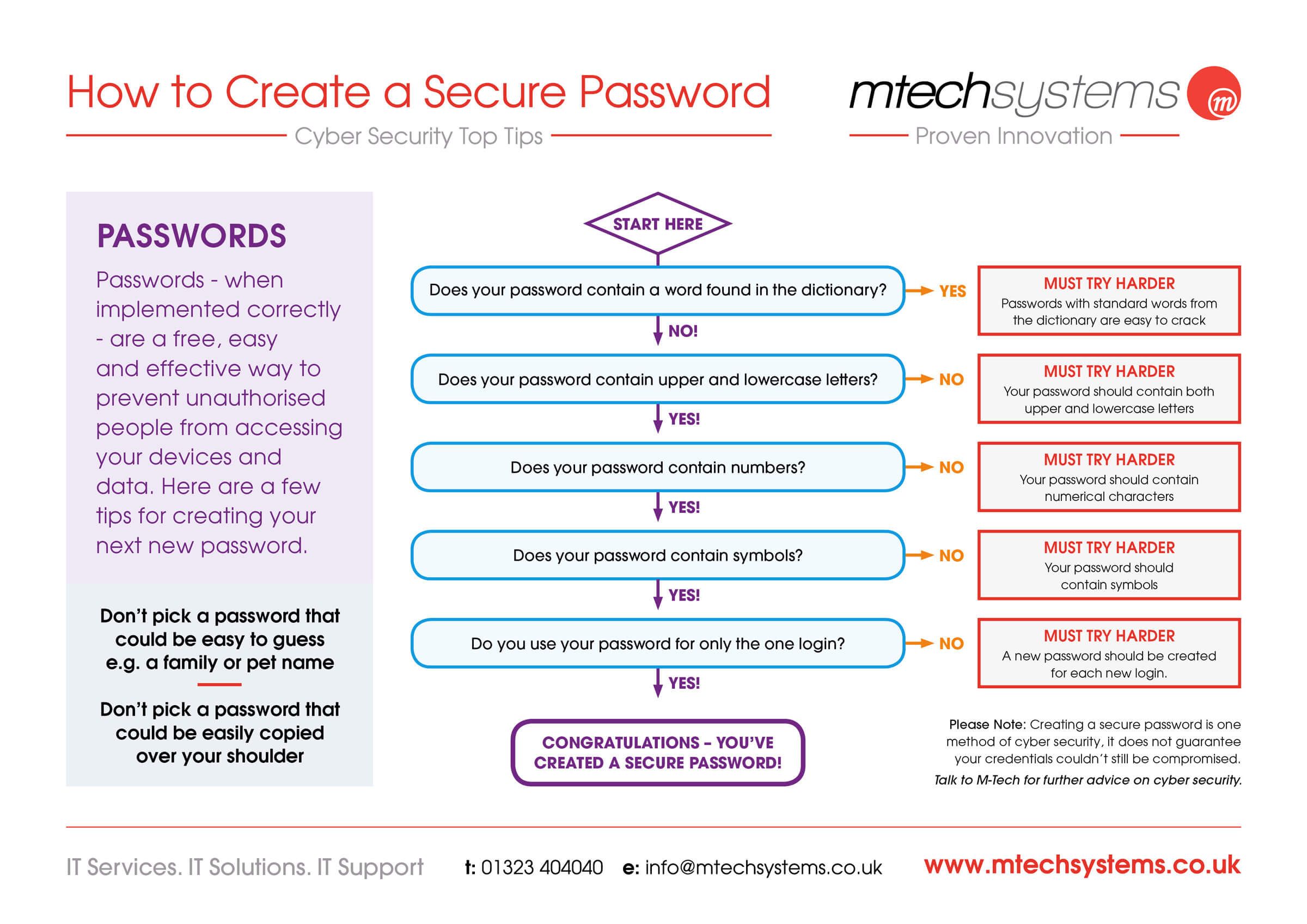In today’s digital age, keeping your accounts secure is more important than ever. One of the first lines of defense against hackers and cyber criminals is a strong password. By creating a strong password, you can greatly reduce the risk of having your personal information stolen or your accounts compromised.
1. Use a combination of letters, numbers, and special characters
When creating a password, be sure to use a combination of uppercase and lowercase letters, numbers, and special characters. This makes it much more difficult for hackers to guess your password through brute force attacks. For example, instead of using a simple word like “password,” consider using a phrase like “P@ssw0rd!”.
2. Avoid using personal information
Avoid using easily guessable information such as your name, birthday, or address in your password. Hackers may be able to easily guess this information based on your social media profiles or other online presence. Instead, choose random combinations of characters that have no personal connection to you.
3. Create a long password
The longer your password is, the more difficult it will be for hackers to crack. Aim for a password that is at least 12 characters long. Longer passwords are generally more secure than shorter ones, so try to create a password that is both long and complex.
4. Change your passwords regularly
It’s a good idea to change your passwords regularly to reduce the risk of a security breach. Set a reminder to change your passwords every few months or whenever you suspect that your account may have been compromised. This can help prevent unauthorized access to your accounts.
5. Use a password manager
Consider using a password manager to securely store and manage all of your passwords. Password managers can generate strong, unique passwords for each of your accounts and store them in an encrypted database. This makes it easier to keep track of your passwords and ensures that you are using different passwords for each account.
6. Enable two-factor authentication
Two-factor authentication adds an extra layer of security to your accounts by requiring a second form of verification in addition to your password. This can be a code sent to your phone or email, a fingerprint scan, or a security key. By enabling two-factor authentication, you can further protect your accounts from unauthorized access.
Conclusion
Creating a strong password is an essential step in keeping your accounts secure online. By following these tips and best practices, you can greatly reduce the risk of falling victim to a cybersecurity attack. Remember to always prioritize security and take proactive measures to protect your personal information.


